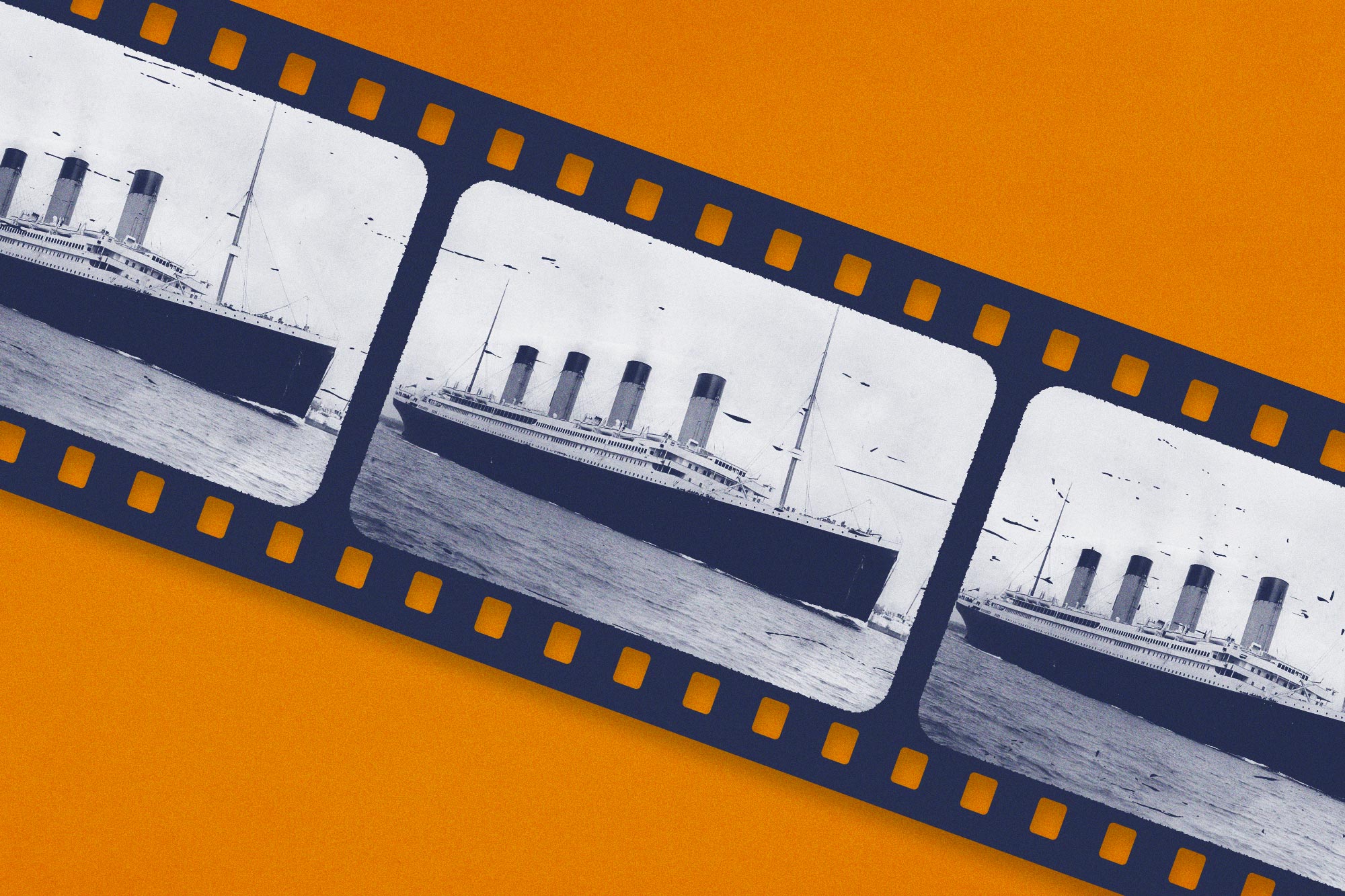Since Saturday, the 1997 mega-hit movie “Titanic,” starring Leonardo DiCaprio and Kate Winslet and depicting the sinking of the RMS Titanic in 1912, has been available on Netflix in the United States and Canada, allowing subscribers to watch one of the highest-grossing films of all-time.
Normally that wouldn’t qualify as headline news, as a large streaming service such as Netflix regularly releases classic flicks.
But when word spread in late June about the apparent sudden availability of “Titanic,” criticism of Netflix, largely on social media, abounded.
Netflix was chided for seemingly trying to “cash in” on the recent Titan submersible tragedy where five individuals – four passengers and the sub’s pilot – died in a “catastrophic implosion” while on a tourist voyage to view the Titanic’s rubble at the bottom of the Atlantic Ocean.
But Netflix doesn’t operate that quickly. As noted by The Hollywood Reporter, Netflix released its film lineup for July before the Titan was reported missing and “licensing deals for films are struck far in advance of the air date.”
Anthony Palomba is an assistant professor at the University of Virginia’s Darden School of Business who studies media, entertainment and the dynamics of the subscription video-on-demand marketplace.
We caught up with Palomba to get a sense of the process Netflix might have gone through to have “Titanic” available on its platform this summer, of all summers.
Q. What is the typical process for how Netflix adds content to its library on a monthly/regular basis?
A. First and foremost, you’re licensing content either to keep people (maintain) or to gain people (acquire). So, what kind of content is going to bring momentum to your platform? What kind of content is going to maintain momentum in your platform? I don’t mean to make things so simplistic – of course there’s far more that goes into the decision-making – but some of it really is: What’s the binge-ability of the series, the watch-ability of the series? How might we scaffold episode releases? Should we do it over days, weeks, or months?
“Titanic” is one of the highest grossing movies of all time. It makes perfect sense to think about licensing a big budget blockbuster like “Titanic.” It had the crown for quite some time as the highest-grossing movie.






